AARP Hearing Center


Women age 50-plus are experienced consumers of beauty products. Nothing gets past our inquiring minds or wallets. Our biggest gripe (aside from escalating prices) is deciding what to buy and use, as well as how, when and why. Those decisions are typically made as we stroll drugstore aisles, hover over our bathroom cabinet at 7 a.m. or browse online. Here are some top questions with practical answers from board-certified Dallas dermatologist, Rebecca Marcus, M.D.; chemist Ian Ginsberg, owner of famed New York City pharmacy C.O. Bigelow; and beauty-editor me.
1. Which basic ingredients should I avoid mixing and matching?


Funny, but despite new products, the same rules still apply. Certain ingredients can be irritating and drying and cause redness or stinging when used together; others work best when paired with specific “partner” ingredients. “Be cautious about playing DIY chemist,” Ginsberg says. “Never apply vitamin C and retinol together, though both have proven pigmentation and texture benefits. C is a UV protector and works best during daylight to brighten and rebuild collagen, and is complemented by other antioxidants, especially vitamin E. Choose C in an all-in-one day moisturizer, or layer it as a serum under a hydrating moisturizer and sunscreen.
Retinol (which makes skin photosensitive) works best at night to promote cell turnover and smooth wrinkles, but it requires patient, gradual usage. Skip it on days you use any exfoliating product like a cleansing scrub, mask or peel, especially those with alpha hydroxy acid (AHA) or beta hydroxy acid (BHA), to avoid irritation. When checking those labels, know that other star sidekick ingredients — like hyaluronic acid, ceramides, shea butter, peptides and soothing, calming niacinamide — pair comfortably with everything.”
2. Do wrinkle patches work like Botox?

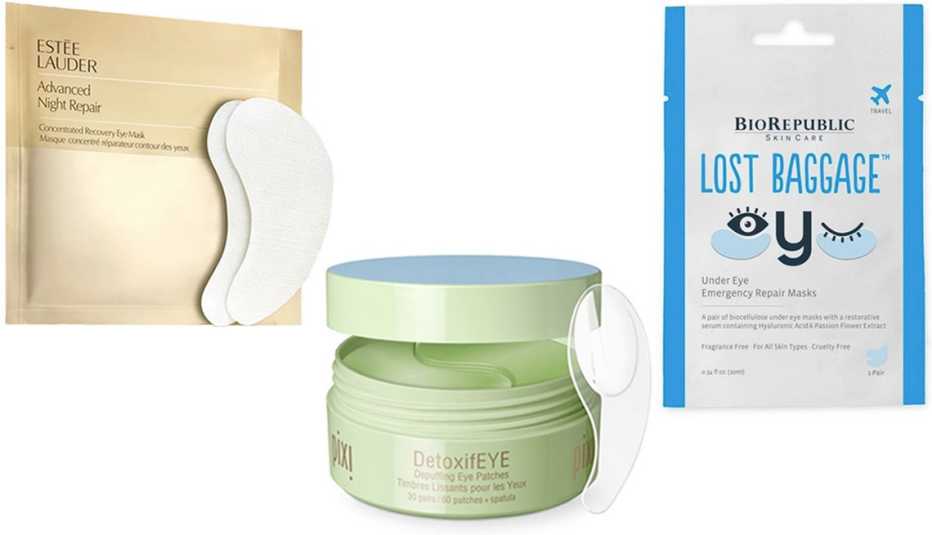
Despite our best efforts with sunscreen and moisturizer, crow’s feet, dark circles and under-eye bags are a fact of life over age 50. Do stick-on patches mimic Botox or injectable fillers? “Sorry, but no,” says dermatologist Marcus. “Patches are a short-term, subtle fix. What they can do is help soften the appearance of lines and minimize bags and puffiness temporarily … enough to get you through a special day or evening looking well rested.” Choose eye masks with hyaluronic acid, glycerin or aloe, like the BioRepublic Lost Baggage Under Eye Emergency Repair Masks ($5, target.com), for a freshening moisture kick; and caffeine to depuff, like the Estée Lauder Advanced Night Repair Concentrated Recovery Eye Mask ($42, ulta.com) and Pixi DetoxifEYE Depuffing Eye Patches ($24, target.com).
And here’s the scoop on two other patch trends: “Silicone patches and masks can provide a very subtle, temporary hydration boost by creating a barrier to lock in creams and serums beneath,” Marcus says. “Biodegradable needles that puncture the skin and promise collagen stimulation are simply not long enough to reach the dermis. They’d need FDA approval to do that.” My beauty-editor bottom line? Not worth it. Wait for more developments.
3. Can a facial massage roller lift or firm your skin?

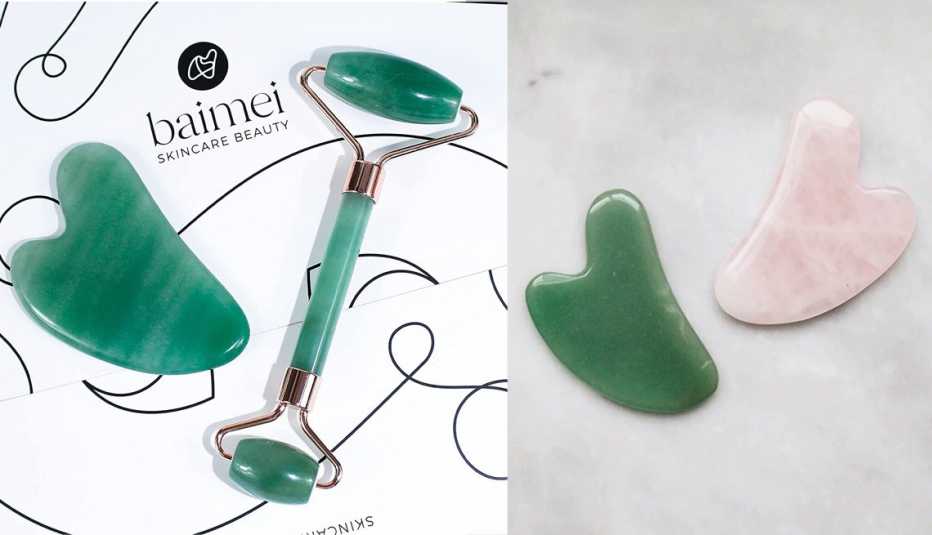
Jade rollers and gua sha stones have been around for centuries, but your fingers are efficient skin tools, too. Apparently, it’s how you use them to apply creams and serums that really matters. “It’s certainly not a face-lift, but applying products in a gentle upwards motion can encourage fluid to drain and reduce puffiness, which, in turn, can give your face a firmer look,” Marcus says. “Avoid pushing! Facial skin is delicate, especially around the eye area.” Start at the base of the neck and work upward and outward for a circulation boost and a rosy, healthy glow. Chilling in the fridge helps amplify the depuffing ability of already cool-to-the-touch rollers and stones, so keep one ready to go.






























































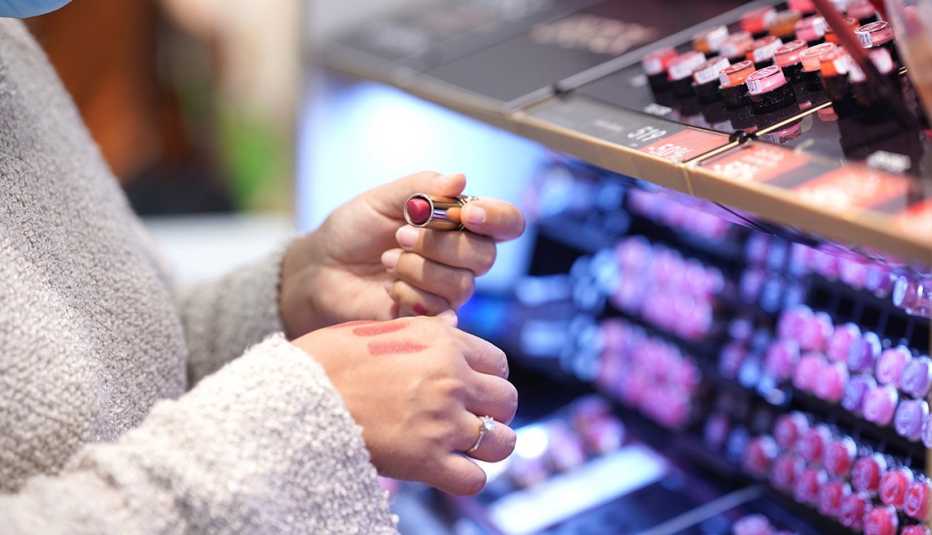
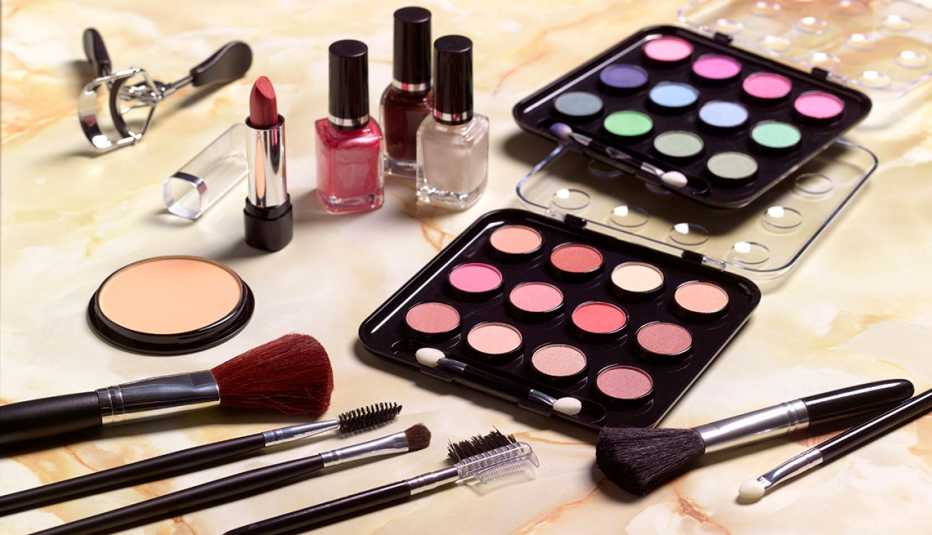

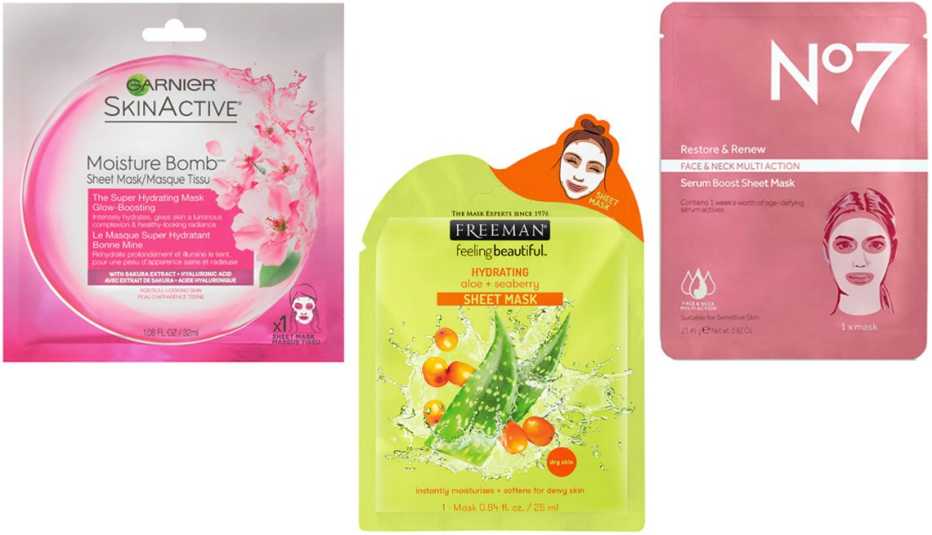
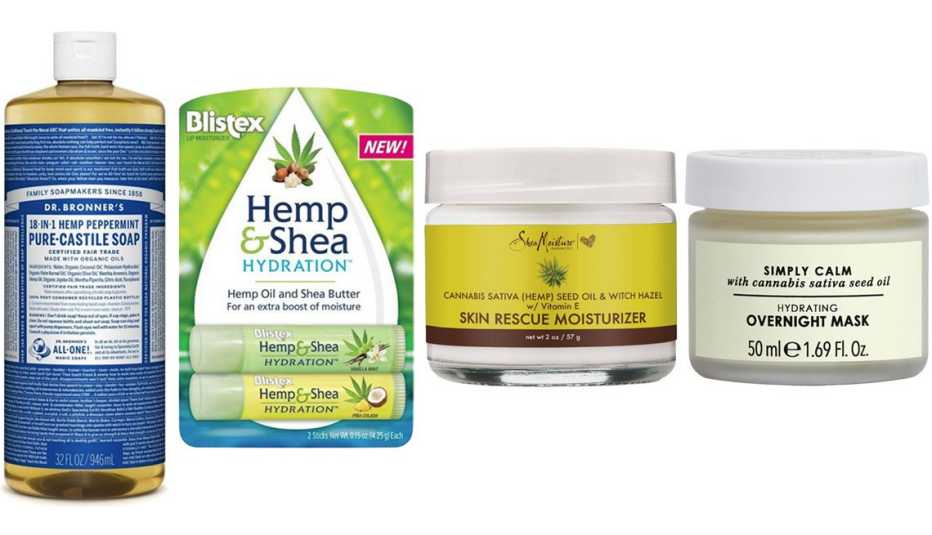

More on Entertainment
10 Beauty and Style Tweaks Worth Making in 2022
Add some spark to your day-to-day look10 Ways to Kick ‘Age Appropriate’ Standards to the Curb
Bust out of a fashion and beauty rut with these quick fixes10 Cool Hairstyles for Grownups
Make the most of your locks with the perfect cut and shapeRecommended for You